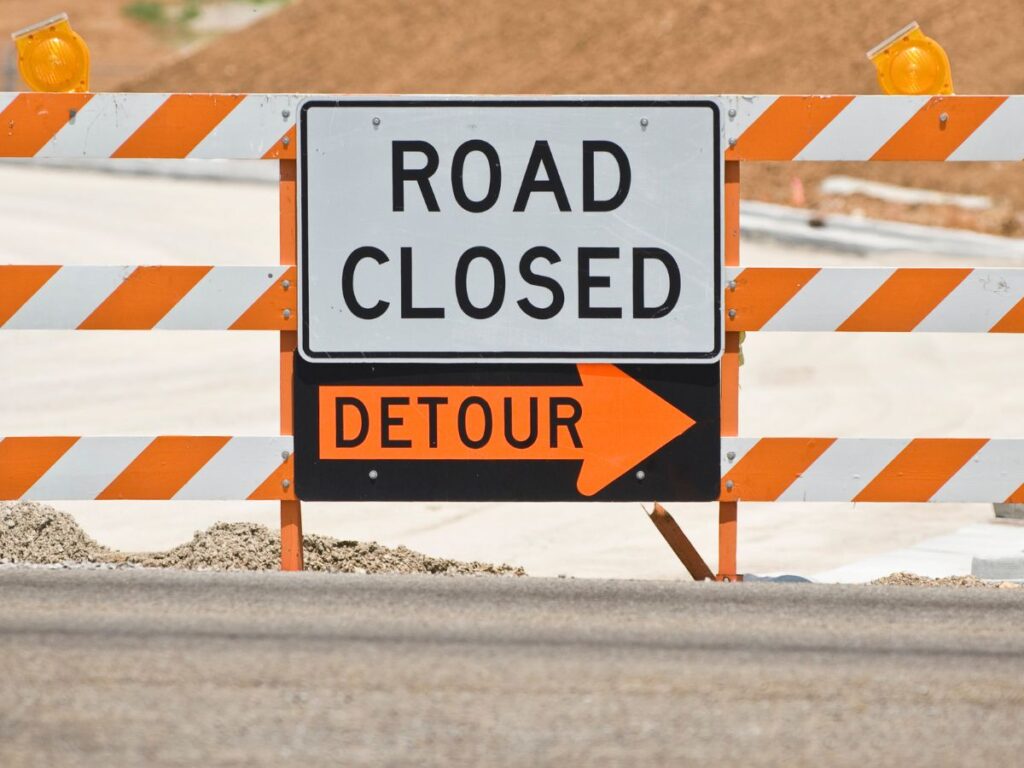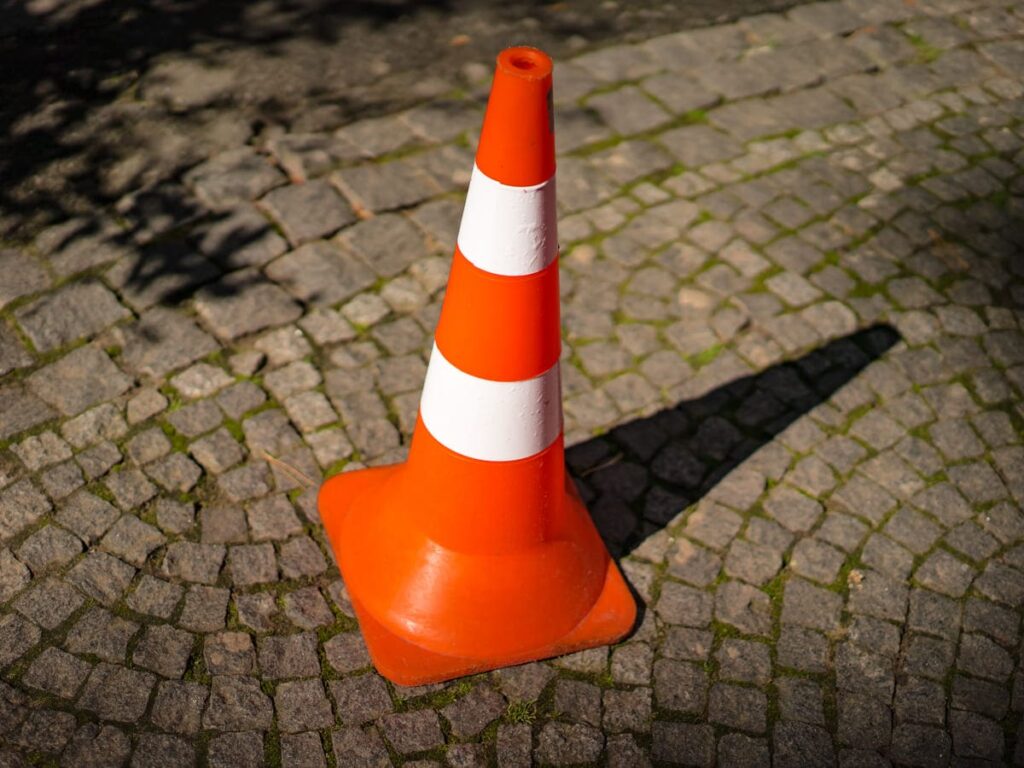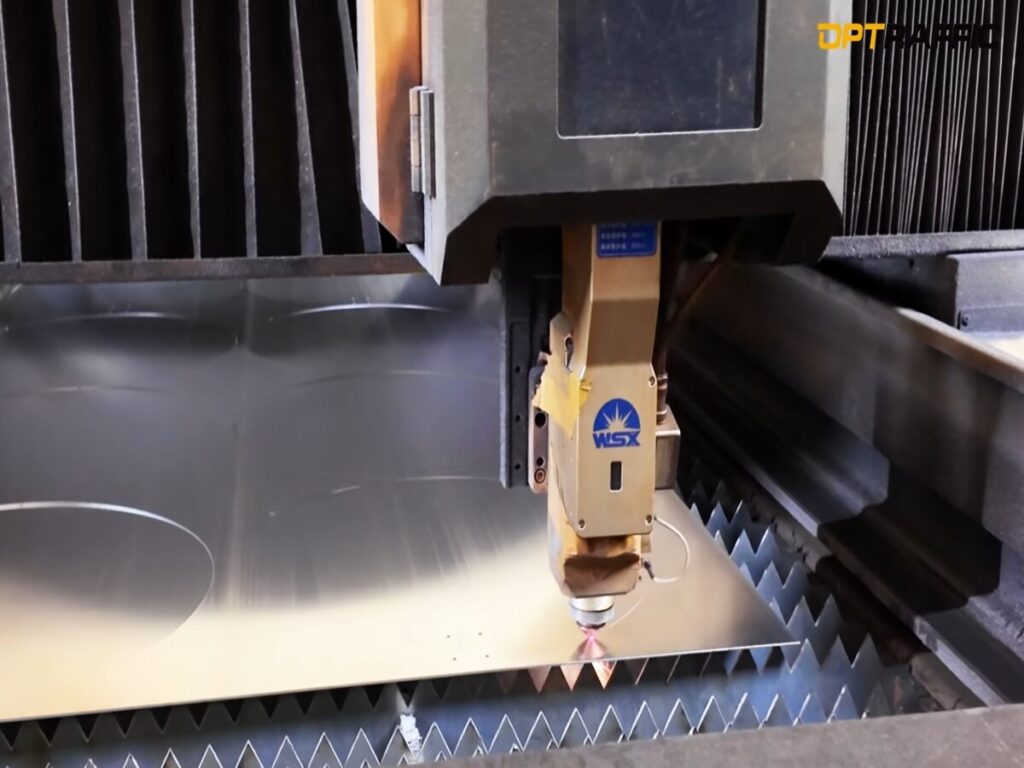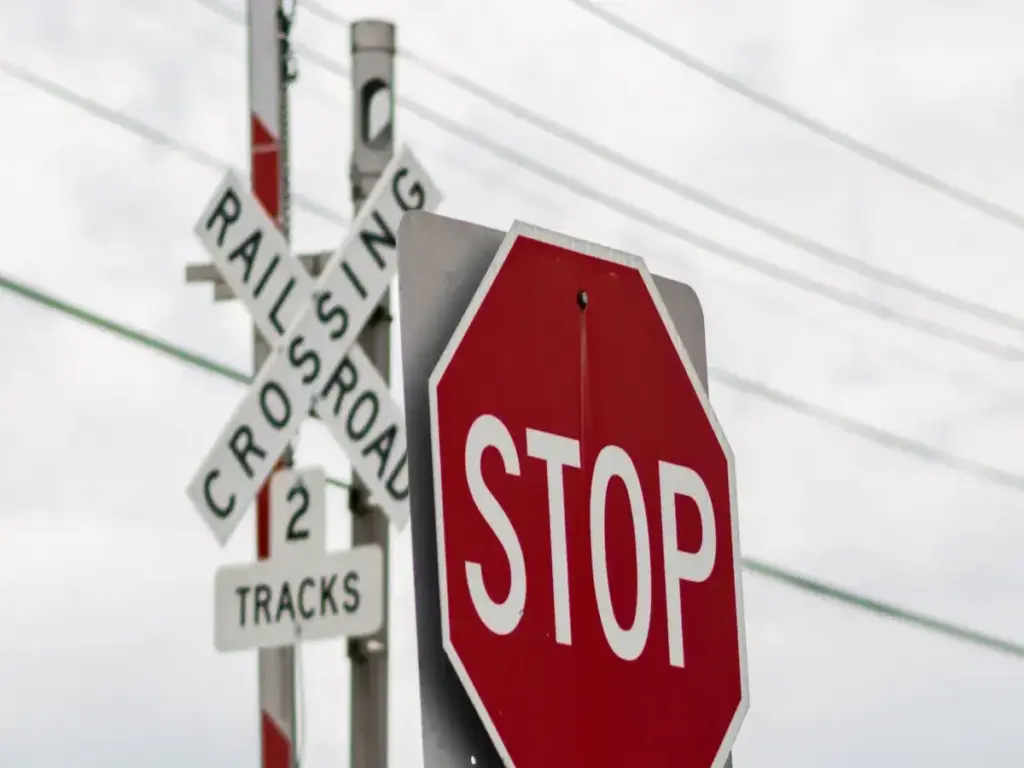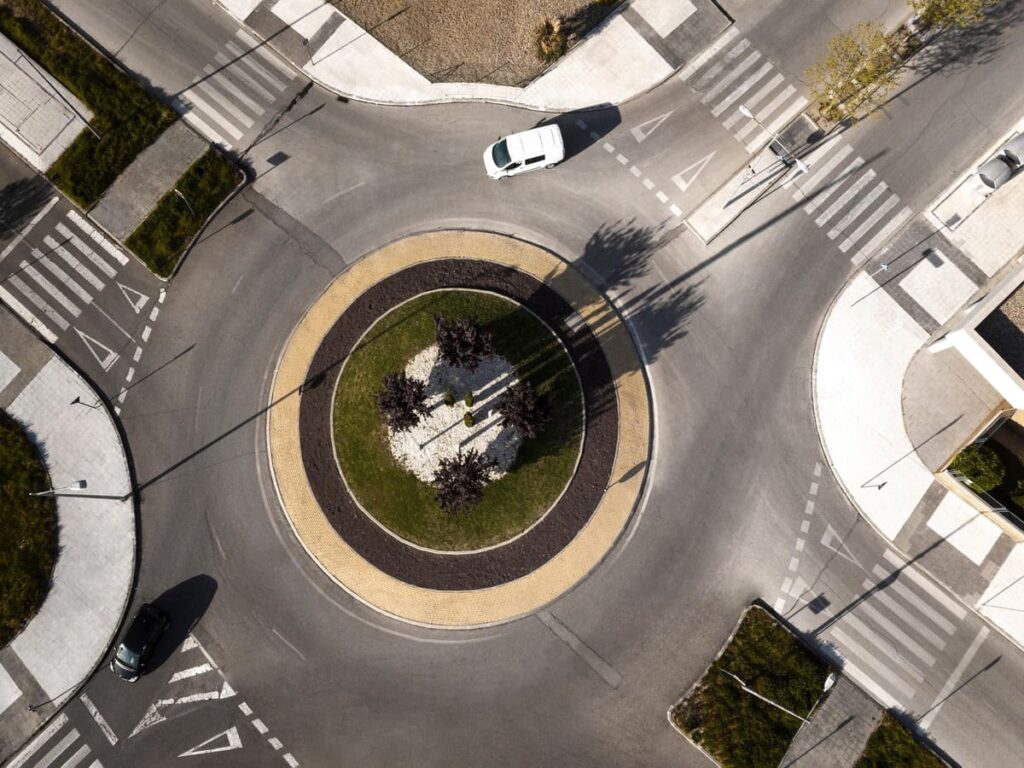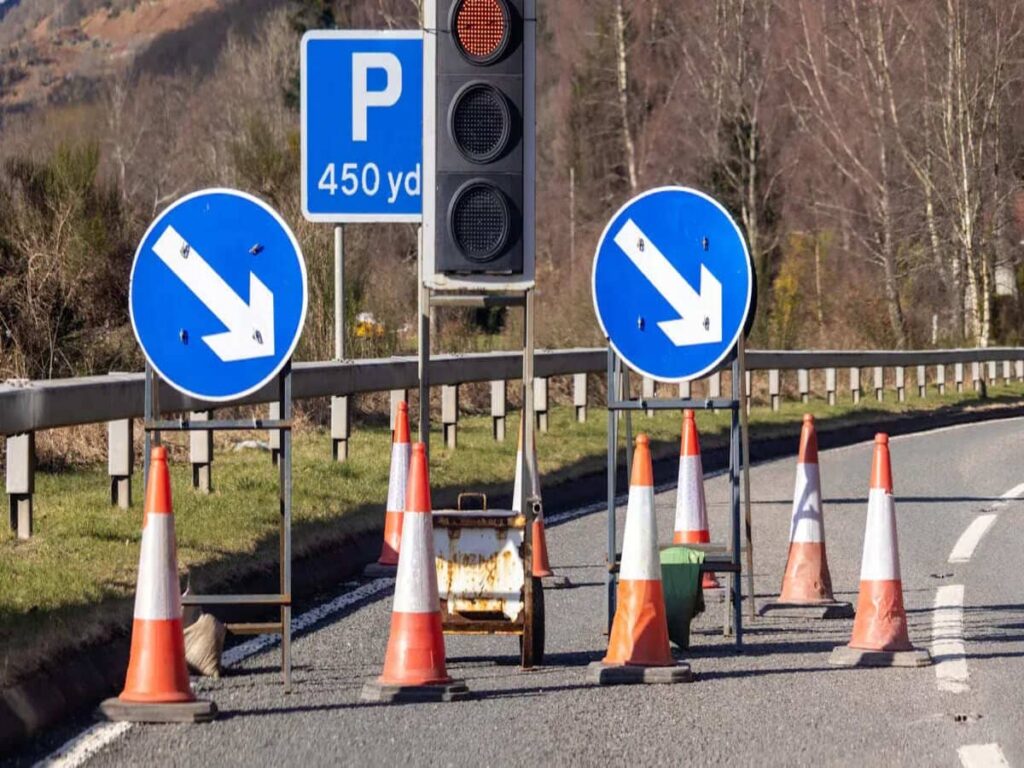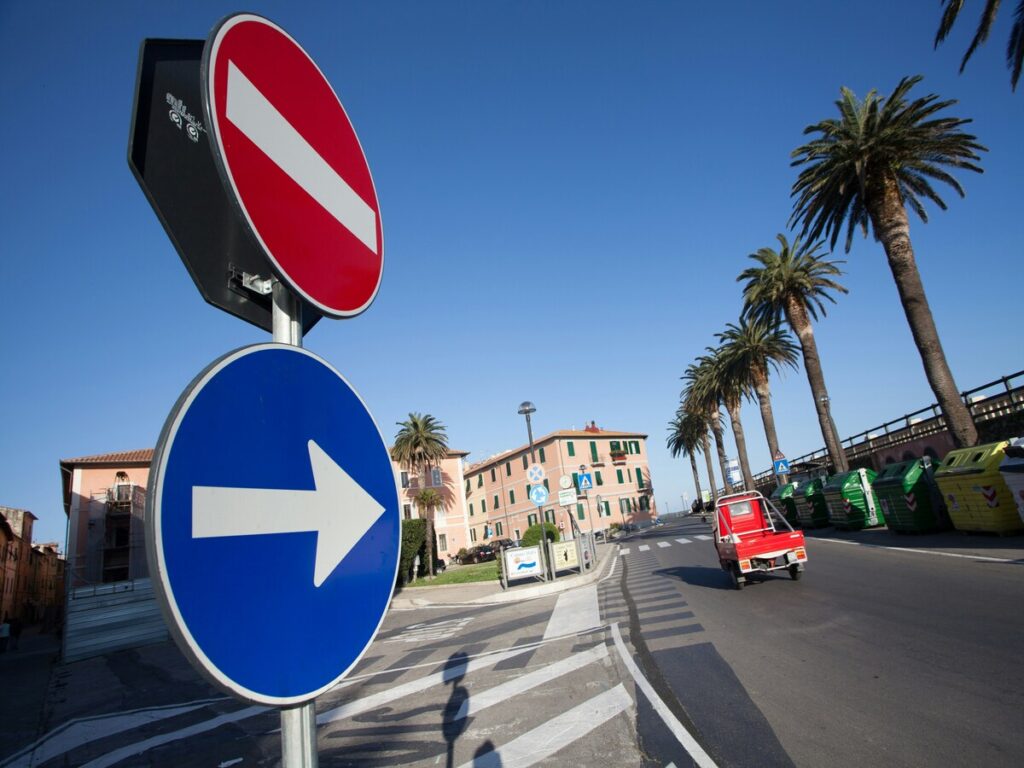
都市は現在、トラフィックにもっと苦労しています. 静的な道路交通標識は急速な変更に追いつくことができません. 最近の研究では、レンズVMのようなデジタルロードサインが大いに役立つことを示しています. リアルタイムの更新を提供することで、事故と交通渋滞を削減します. Bonnyriggのクラッシュは、静的な兆候がドライバーを助けないときに何が起こるかを示しました. デジタルロードサインは現在、ライブアラートを与えています, 速度制限を変更します, より明確な方向を示します. これは人々を安全に保つのに役立ち、ドライバーがより良く反応するのに役立ちます. デジタルロードサインが従来の標識で動作するとき, 道路はより安全になり、旅行はよりスムーズになります.
オプトラフィックにて, we offer both traditional and advanced 交通標識ソリューション, 含む VM digital road signs. Our traffic signs are designed to provide real-time updates, enhance driver awareness, 全体的な交通安全を改善します. Explore our range of traffic signs and VMS solutions today to create safer, より効率的な道路.
Road Traffic Signs in Modern Traffic Systems
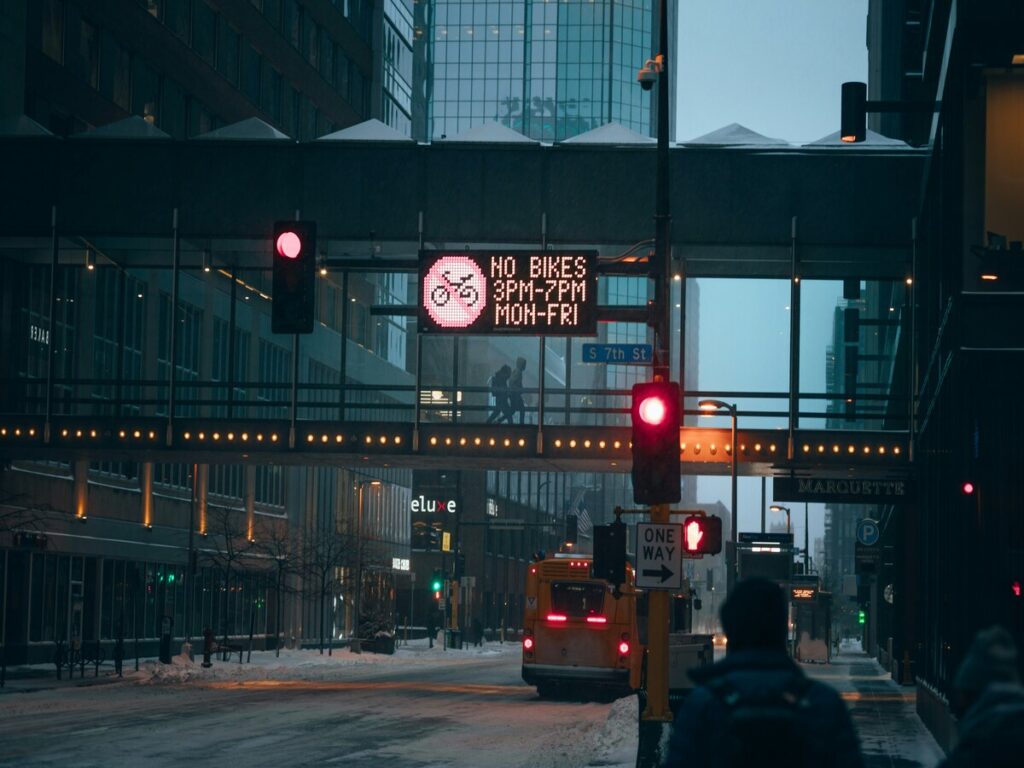
Traditional Road Traffic Signs
Traditional road traffic signs have helped drivers for many years. These signs use shapes and colours to give messages. Yield signs are red and white triangles. They tell drivers to slow down and let others go first. Rectangle signs show speed limits, 駐車ルール, または道順. Diamond signs warn about sharp bends or roadworks.
- Regulatory signs tell drivers the rules, 一時停止や速度制限など.
- 警告サインは、ドライバーに先の危険性を伝えます, like slippery roads.
- Guide signs help drivers find their way with directions and exits.
- Information signs give extra details, like nearby services or road conditions.
Road traffic signs must be easy to see and in the right place. This keeps roads safe and stops confusion. 彼らは事故を防ぐのに役立ちます. But traditional signs cannot change quickly if traffic or weather changes.
Digital Road Signs and Lens VMS
Digital road signs, のように 可変メッセージサイン, have changed traffic control. These signs use LED screens to show messages that can change fast. Operators can update vms from a control room. This lets digital signs warn about accidents or change speed limits in real time.
- Digital road signs use screens, not fixed materials.
- They can update right away from far away.
- Sensors and cameras in vms watch traffic, 天気, and incidents.
- Digital signs save energy with LED lights and solar power.
- They last longer and make less waste than old signs.
Digital road signs, like vms, help drivers react fast to changes. They make roads safer by giving clear, new information. Studies show static signs are hard to see at night or in bad weather. Poor visibility slows drivers and can cause more crashes. Digital road signs stay bright and easy to read all the time. 忙しい場所で, digital vms keep traffic moving and stop dangerous driving.
Real-Time Integration of Digital and Traditional Signs
Technology and Connectivity
Digital road signs now work with traditional signs using new technology. VMS link to a main control system through safe web and mobile apps. Operators can control many digital road signs at the same time. They use special tools to change messages on lots of signs quickly. This saves time and helps traffic move better.
Sensors and cameras collect information about traffic, 天気, と道路. The main control system gets this information right away. It sends new messages to dynamic message signs and variable message signs. These signs can show accident warnings, 速度の変化, または道路閉鎖. Operators can also set up timed plans and scene modes. This lets digital road signs change messages by themselves during busy times or emergencies.
A table below shows some important features of this system:
| 特徴 | 利点 |
|---|---|
| Remote control and monitoring | Fast updates and easy management |
| Smart diagnostics | Quick fault detection and maintenance |
| Automated scheduling | Rapid response to changing traffic |
| Light sensors | Better visibility and energy savings |
| Secure communications | Protects data and system access |
Digital road signs use locked communications and special user roles. This keeps the system safe from people who should not get in. Firmware Over-the-Air (FOTA) updates let operators upgrade software from far away. They do not have to go to each sign. The system also uses rules like NTCIP and Australian protocols. This makes sure it works with other traffic management systems.
Real-Time Traffic Updates
Digital road signs give real-time traffic updates by working with sensors, カメラ, and traffic software. These systems gather live information and send it to the main control system. The system checks the information and sends new messages to dynamic message signs and vms. Drivers see the latest traffic news, like accident alerts or travel time estimates.
VMS can work with journey time solutions. They use Google Maps data to show drivers how long their trip will take. This helps drivers pick the best route and skip delays. Digital road signs also change brightness by themselves using light sensors. This keeps messages easy to read in any light.
Real-time communication between digital road signs, 車, and roads is growing. 車両からインフラまで (V2I) そして Vehicle-to-Vehicle (V2V) systems let cars and signs share information. 例えば, a car can get a warning from a vms about a danger ahead. This helps drivers react faster and keeps them safer.
Digital road signs are important for emergency response and incident management. AI-based systems spot problems quickly using video and sensors. The main control system sends warnings to dynamic message signs and vms. Drivers see alerts about crashes, 危険, or slowdowns right away. This lowers the chance of more accidents and helps emergency teams act faster.
Digital road signs and traditional signs together make a strong traffic control system. Using both static and dynamic message signs means drivers always get the most important traffic news. This mix helps keep people safe, makes trips smoother, and supports smarter traffic management.
Benefits of Integrated Road Traffic Signs
Enhanced Safety and Adaptability
When digital road signs and traditional signs work together, 道路は誰にとっても安全です. Digital road signs like vms can quickly warn about accidents, 悪天候, または道路工事. These fast alerts help drivers avoid danger. Traditional signs give clear rules that do not change, but digital signs can update when things change. This mix helps people make better choices and stay safe.
Digital road signs use sensors and cameras to watch traffic and weather. They check for problems on the road. If something dangerous happens, vms show warnings or change speed limits. This helps stop crashes and keeps people safe. Cities like Stockholm and Singapore use these systems to lower accidents and save lives.
Checking and fixing digital road signs often keeps them easy to see. Councils listen to what drivers say and change signs if needed. This makes sure all signs are clear, 悪天候や夜でも.
The table below shows how these systems make roads safer in different places:
| 位置 | 衝突削減 (%) | 速度削減 (%) or mph Impact | Additional Benefits or Notes |
|---|---|---|---|
| ドイツ | 30% クラッシュが少ない | Travel times improved by 5-15% | 5% increase in max volume handled |
| ワイオミング州 (I-80) | 34% クラッシュが少ない | n/a | Reduced manual enforcement effort |
| ジョージア | 29.2% クラッシュが少ない | n/a | Enhanced enforcement precision |
| イギリス | 20% fewer property-damage crashes | n/a | 10% fewer injury crashes, emissions and noise reduction |
| Kirkland, の | 5% accident reduction per 1 mph drop | 4.62% に 7.15% reduction in average speeds | Radar signs with real-time monitoring |
| Tigard, OR | n/a | 66% reduction in average speeds | Fewer citations after 6 数ヶ月 |
| フィンランド | n/a | 10% average speed reduction (17.5% 学校ゾーンで) | Real-time speed feedback encourages compliance |
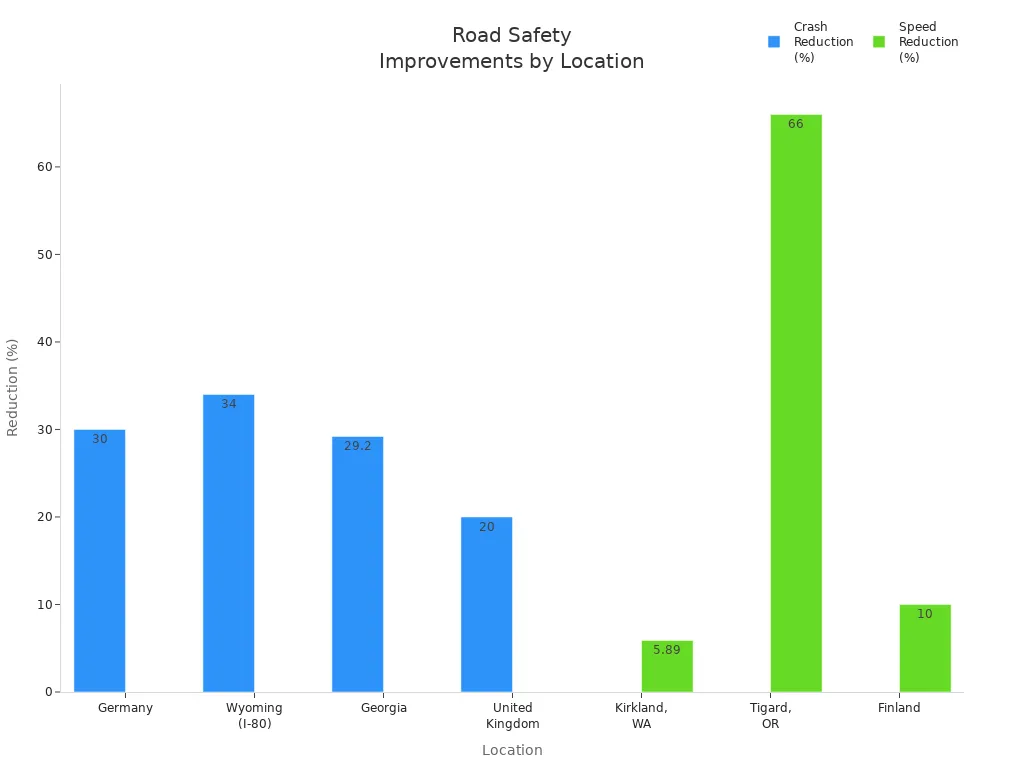
Digital road signs with vms mean police do not need to check speeds as much. Police can spend time on other jobs. Real-time speed checks and quick feedback help drivers follow the rules. Data from these signs shows where roads are risky and need more help.
トラフィックフローの改善
Digital road signs and vms help traffic move better. These systems use live data to change signals, ドライバーをガイドします, and stop traffic jams. Digital road signs show travel times, suggest new routes, and help with event traffic management.
Smart traffic systems use AI to control lights and keep cars moving. This means less waiting at traffic lights and more cars on the road. Over half of city traffic jams happen because lights are not timed well. Digital systems fix this by changing with the traffic, not staying the same all day.
Event traffic management is easier with digital road signs and vms. At concerts, スポーツゲーム, または緊急事態, these signs help drivers and stop traffic jams. Live updates keep cars moving and stop people getting annoyed.
研究はその明るいことを示しています, clear digital road signs make drivers feel more sure. Councils check and fix signs often so they always work well. This helps keep roads safe and trips smooth.
Challenges and Future of Digital Road Signs
Implementation and Compliance
Many cities have trouble using digital road signs. Small towns find them expensive to buy. Old traffic systems do not always work with new digital signs. Rules about road signs change often, which is hard to follow. 各エリアには独自のルールがあります, so digital signs must fit many needs.
Other problems are:
- Bad weather can break digital signs or make them hard to see.
- Digital signs need care because they are outside all the time.
- Using cameras on digital signs can worry people about privacy.
- Some people do not trust new digital technology.
- If the economy is bad, cities may spend less on digital signs.
- New technology means cities must update their systems a lot.
Cities can fix these problems by adding digital signs slowly. They can put in a few signs first and test them. This helps them learn before using digital signs everywhere. Training and teaching people about digital signs helps them follow the rules. Governments can use special rules to try new ideas safely.
注記: Teaching, good rules, and better roads help everyone stay safe and follow the rules.
Smart Traffic Management Trends
Digital road signs now use smart tools to make roads safer. AI sensors and cameras watch traffic and spot problems early. These sensors use radar and video to check how cars move and find crashes. Edge computing lets digital signs give updates very fast.
Many cities use smart traffic lights. These lights change based on how many cars are waiting. Cars and digital signs can share information with each other. This helps traffic move better and cuts down waiting. Predictive analytics use old and new data to find the best routes and avoid jams.
Here is a table with some smart city tools:
| テクノロジータイプ | 説明 | Role in Urban Mobility Enhancement |
|---|---|---|
| デジタルサイネージ | Dynamic displays giving real-time updates in busy places | Helps people find their way and gives clear messages; easy to update and good for everyone |
| Transit Screens | Shows live bus, train, and bike times | Makes travel greener and helps stop traffic jams |
| Wayfinding Kiosks | Touch maps and routes linked with smart systems | Helps visitors move safely and easily |
Cities like Dubai and Singapore use these tools to stop traffic jams and help public transport. New 5G networks let digital signs send messages faster and help self-driving cars. Smart city projects use both digital and traditional signs to connect transport. This makes travel easier, lowers pollution, and keeps roads safer.
Bringing Lens VMS and traditional road traffic signs together makes roads smarter and safer. こちらです, drivers get live updates and easy-to-follow rules. Experts think smart city projects and clever systems will change traffic management soon.
よくある質問
What is Lens VMS?
Lens VMS stands for Variable Message Sign. It uses LED screens to show real-time messages to drivers. Operators can update these signs quickly. Lens VMS helps drivers by giving live updates about traffic, 事故, または道路状況.
How do digital road signs work with traditional signs?
Digital road signs like Lens VMS give live updates. Traditional signs show fixed rules. 併用する場合, they help drivers by providing both permanent and changing information. This makes roads safer and helps drivers react to new situations.
Can Lens VMS improve road safety?
はい. Lens VMS warns drivers about accidents, 悪天候, または道路工事. These quick alerts help drivers avoid danger. Studies show that roads with both digital and traditional signs have fewer crashes and better traffic flow.
Are digital road signs easy to maintain?
Operators can check and update digital road signs from a control room. Many signs use smart diagnostics to spot problems early. 定期的なチェックにより正常に動作し続けます. LED technology also makes them last longer and use less energy.
Do digital road signs work in all weather?
Most digital road signs use bright LED lights. These lights stay clear in rain, 霧, または夜に. Many signs also have sensors that adjust brightness. This helps drivers see messages in any weather.

